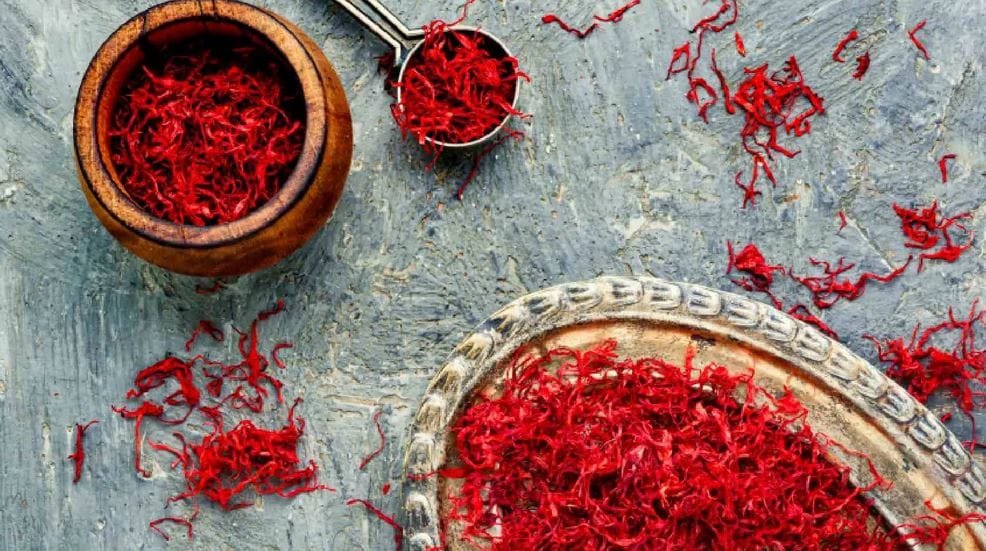 The Golden Red of Isfahan: Challenges in Saffron Export
The Golden Red of Isfahan: Challenges in Saffron Export
Isfahan saffron export : Saffron, often called “red gold,” is a vital agricultural product in Isfahan. Despite being Iran’s fourth-largest saffron producer, the region faces challenges such as poor packaging and processing, which hinder the export of this valuable spice.
The Role of Saffron in Isfahan’s Economy
Saffron plays a key role in Isfahan’s agricultural economy, especially due to the region’s dry climate. With low water requirements, saffron has become an attractive crop for farmers. This spice is valuable not only in cooking but also in medicine, making it an important export product for Iran.
Saffron Cultivation in Isfahan
Isfahan saffron export : Natanz, Tiran, and Karun are Isfahan’s main saffron-growing areas. The village of Azan is especially famous for producing some of Iran’s finest saffron. The area’s fertile soil and unique climate make it perfect for cultivating this precious crop.
Employment and Economic Impact of Saffron
The saffron industry in Isfahan provides jobs for over 6,000 people. It significantly boosts the region’s economy. With education and support, saffron farming continues to grow. In the Meimeh district, over 250 hectares are dedicated to this crop.
The Challenges of Saffron Export
Isfahan saffron export : Despite its high quality, Iranian saffron faces major export challenges, particularly with packaging. Countries like Afghanistan buy saffron in bulk, package it attractively, and sell it under their own names. This harms Iran’s market position due to a lack of proper packaging and branding.
Packaging and Branding: Key to Saffron’s Success
Isfahan saffron export : Experts agree that Iranian saffron must be packaged to match consumer preferences to succeed internationally. Without this, it may continue to be sold under foreign labels, hurting its reputation as the world’s finest saffron.
Although Isfahan’s saffron production is growing, tackling these challenges is crucial for boosting exports. By improving packaging and meeting market demands, Iran can better take advantage of global interest in saffron.
In conclusion, Isfahan’s saffron industry has significant potential. By focusing on sustainable farming practices, addressing export challenges, and enhancing packaging, Iran can solidify its position as a global saffron leader.
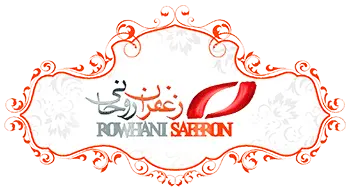
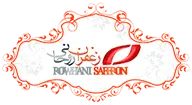
![Exporting Saffron to Turkey + Price Guide [Complete 0 to 100]](https://www.rowhanisaffron.com/wp-content/uploads/f1-372-500x383.jpg)
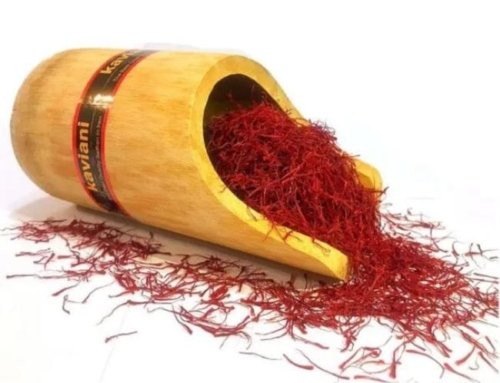

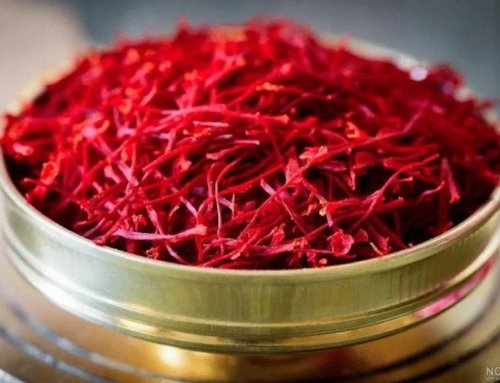
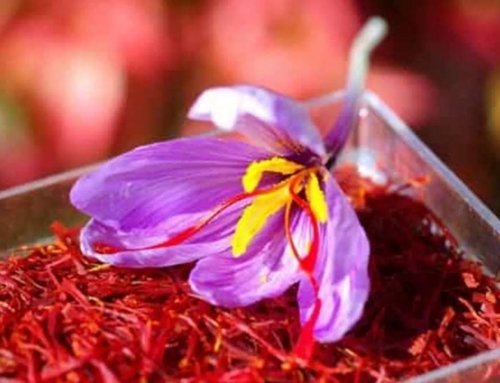
Get Social